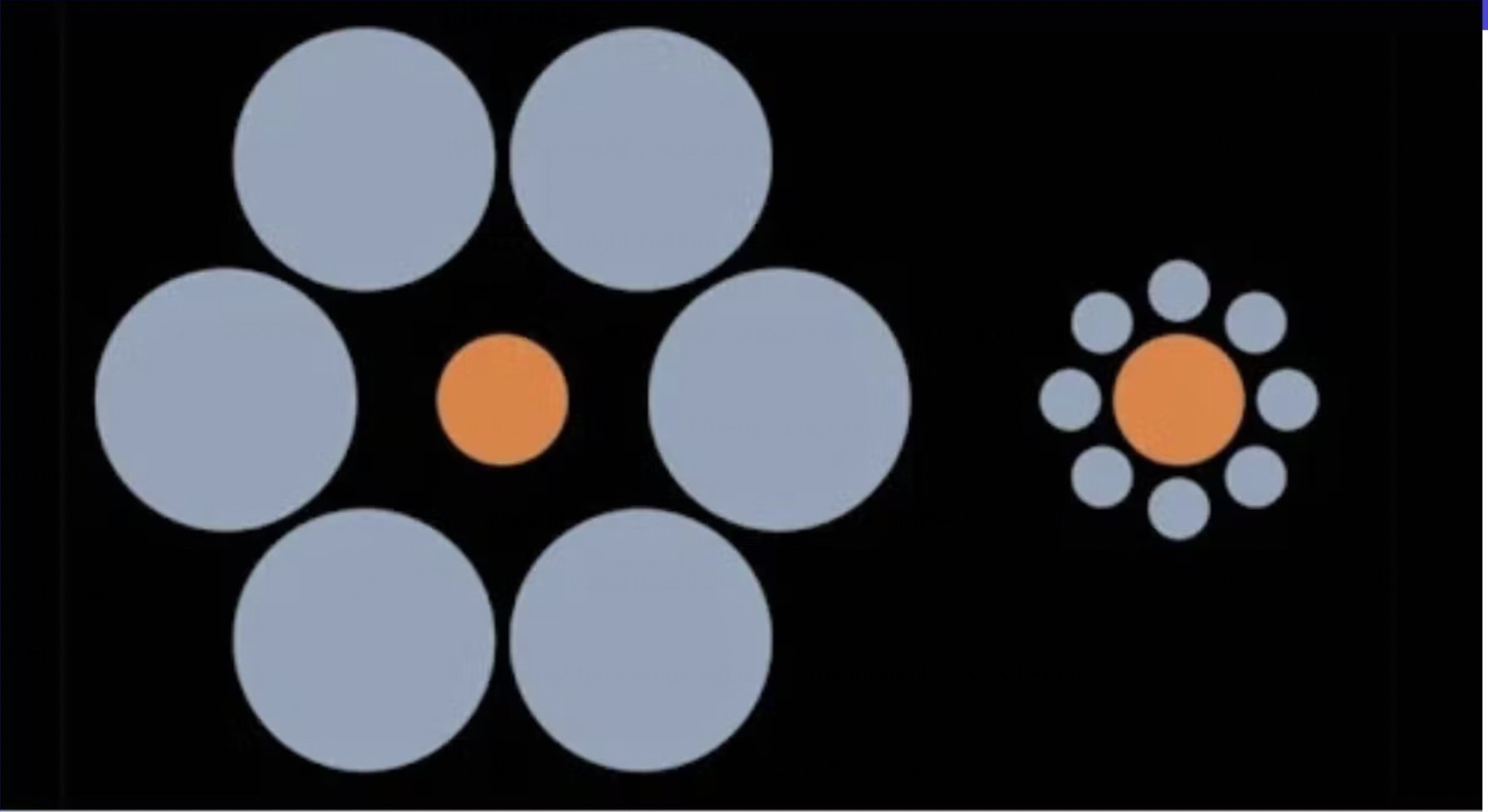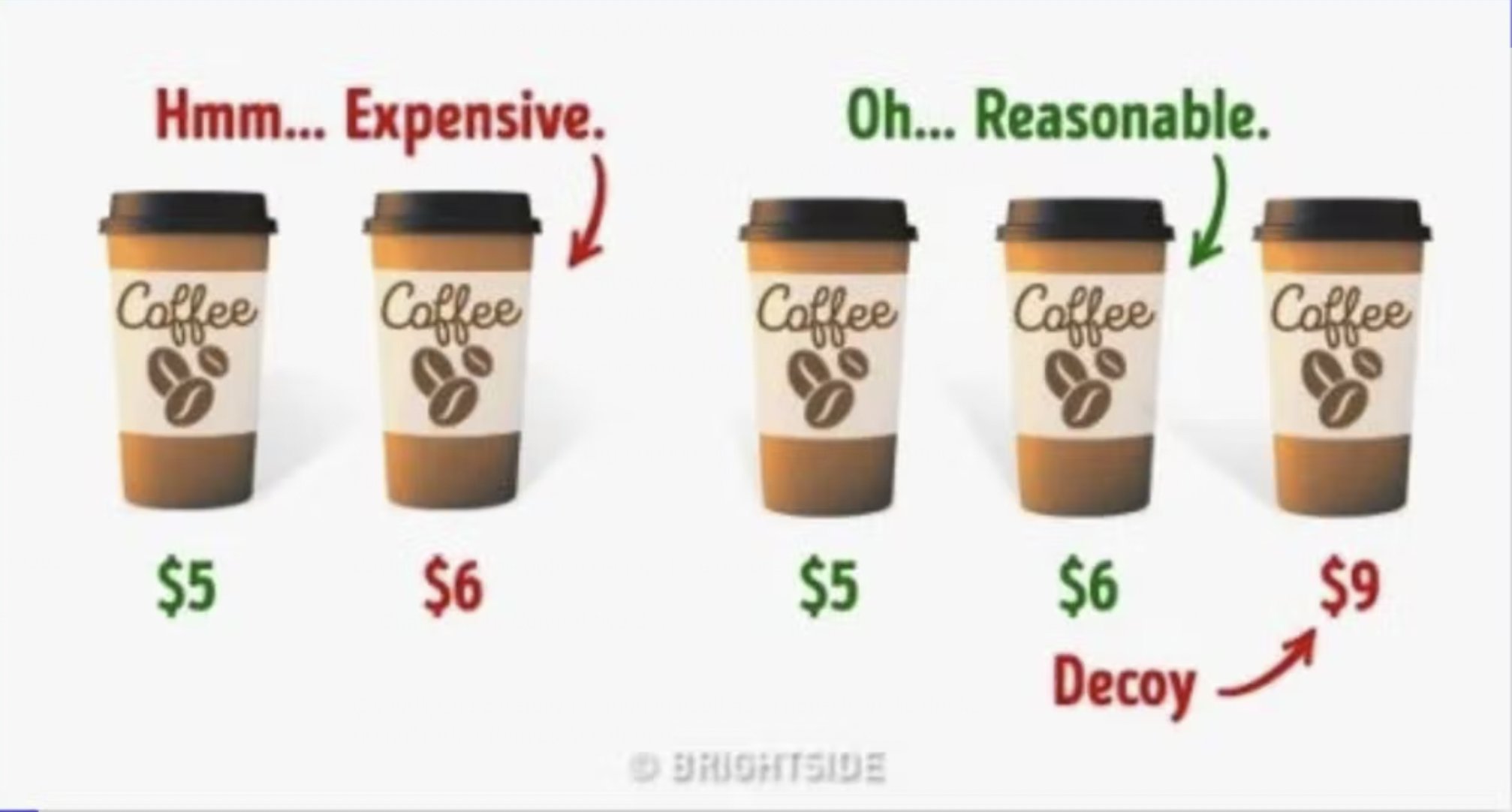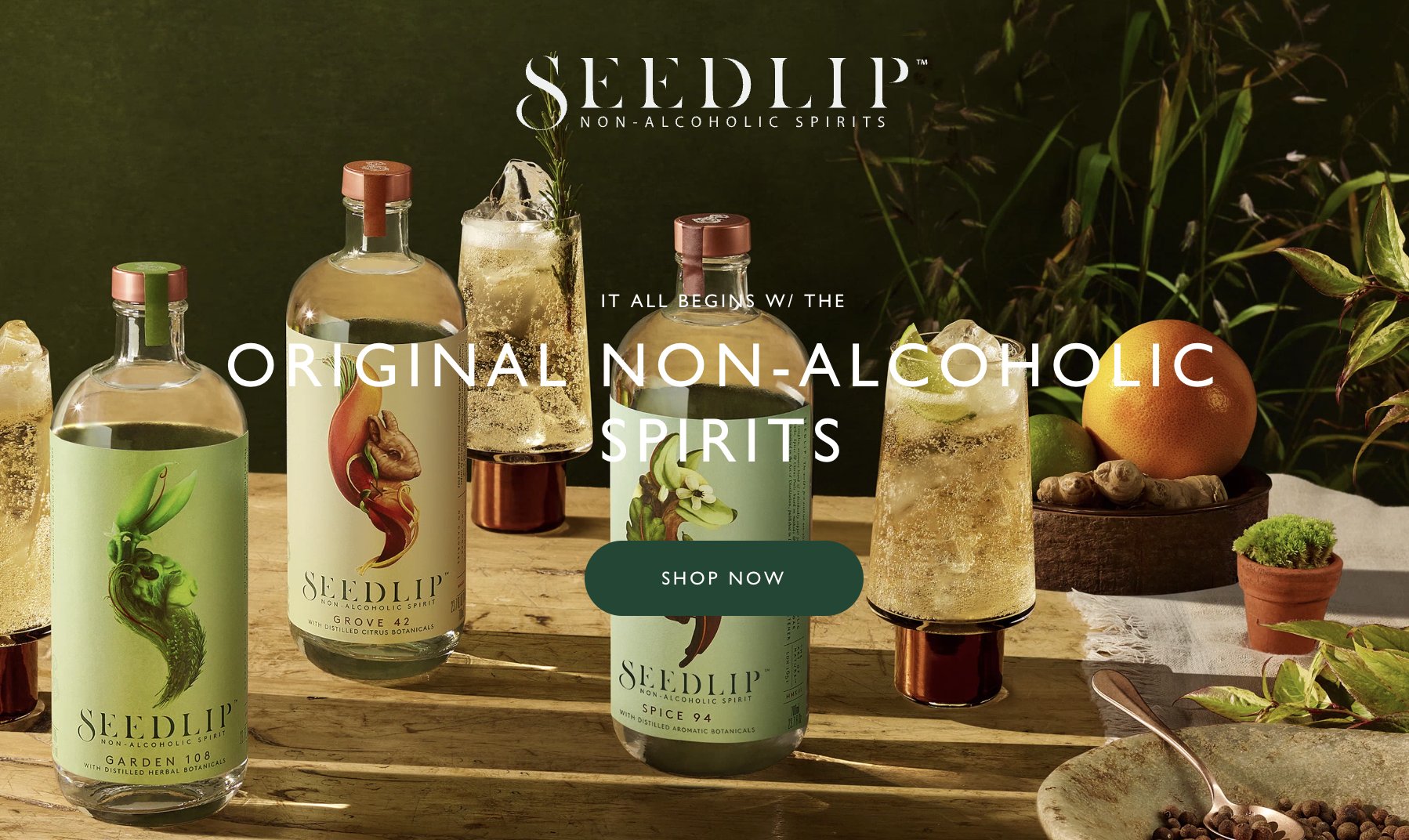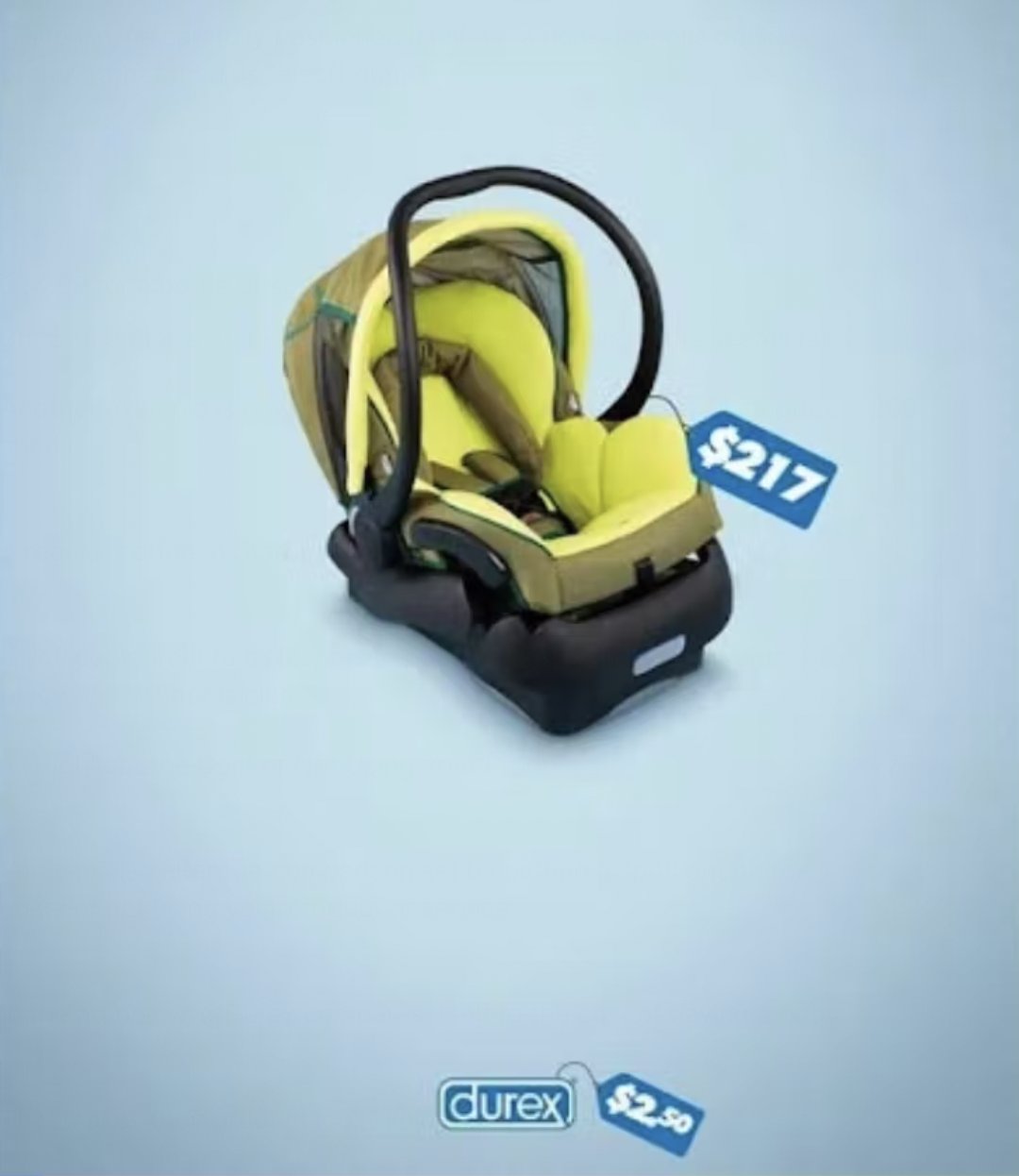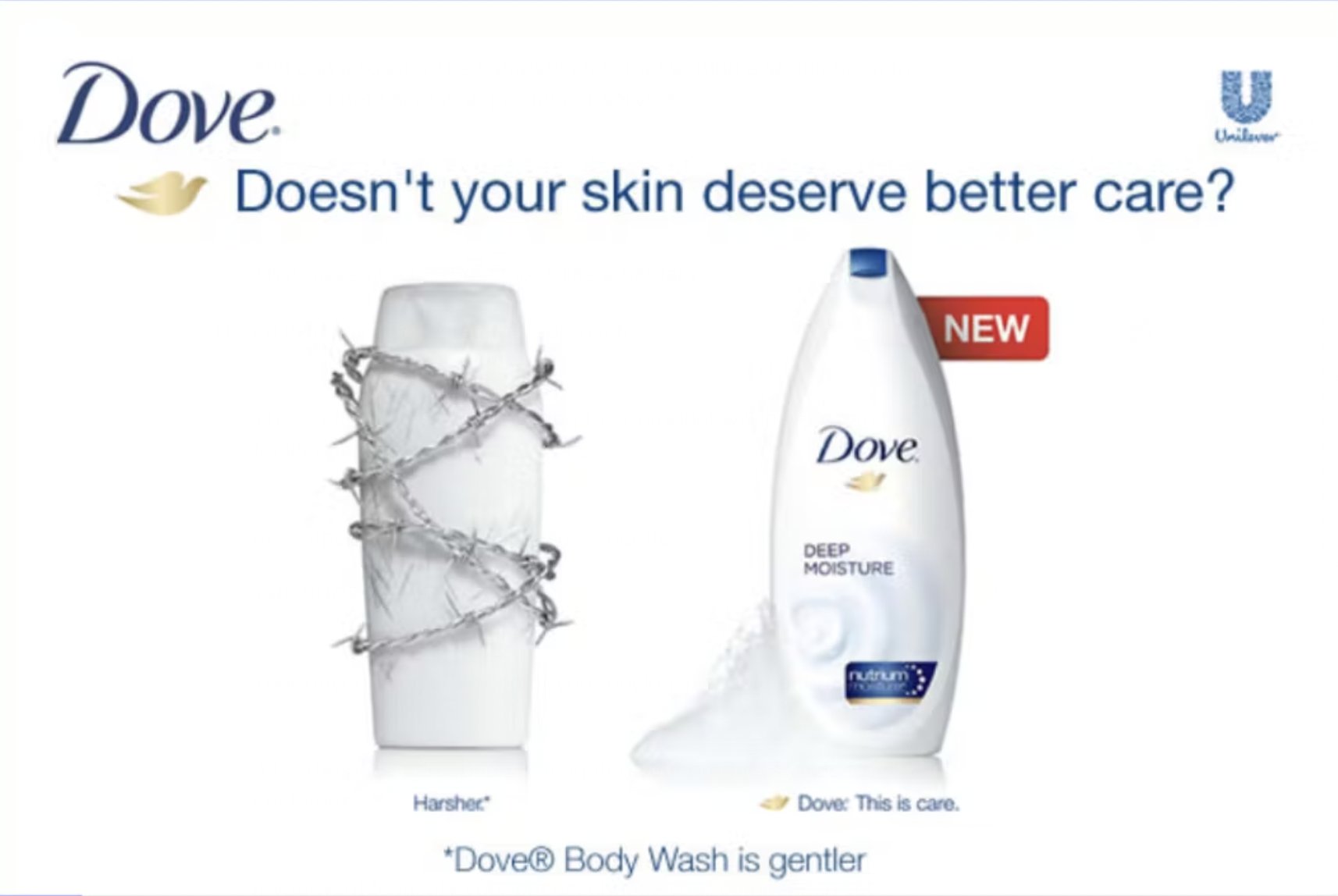Thread
Which one would you choose?
A) $120 per night without breakfast
B) $135 per night with breakfast
C) $200 per night with breakfast for the royal bedroom villa
You likely chose C. And there’s a reason for it.
Let’s talk about Price Relativity (with 6 examples):
A) $120 per night without breakfast
B) $135 per night with breakfast
C) $200 per night with breakfast for the royal bedroom villa
You likely chose C. And there’s a reason for it.
Let’s talk about Price Relativity (with 6 examples):
Before we get into it, et me ask you a question…
👉 Which of the orange circles on the image below is bigger?
The truth?
Both circles are exactly the same size 😲
👉 Which of the orange circles on the image below is bigger?
The truth?
Both circles are exactly the same size 😲
This is called the Ebbinghaus illusion:
The *perceived* size of the orange dot is dependent on what it’s compared to
In other words, our brains process images not exactly as they are—but in comparison to what else we see
Analyzing prices works the same way...
The *perceived* size of the orange dot is dependent on what it’s compared to
In other words, our brains process images not exactly as they are—but in comparison to what else we see
Analyzing prices works the same way...
Buyers don't instinctively know what is a "good" or "bad" price to pay
We need comparisions to determine the value
Changing the comparison set changes the value image of a product
The same price can be tweaked so it *appears* smaller
This is known as Price Relativity
We need comparisions to determine the value
Changing the comparison set changes the value image of a product
The same price can be tweaked so it *appears* smaller
This is known as Price Relativity
Buyers need contrast to understand the value of your product
It’s up to you to give consumers a meaningful comparison set to examine the value of your offer accurately
Alright, so how can we apply this right now to sell more?
It’s up to you to give consumers a meaningful comparison set to examine the value of your offer accurately
Alright, so how can we apply this right now to sell more?
👉 Create a “Decoy” Offer
Introducing a more expensive offer can make your other products seem like a better value.
For example, a coffee company could introduce a jumbo-sized coffee as a decoy to make their regular coffee appear cheaper.
Introducing a more expensive offer can make your other products seem like a better value.
For example, a coffee company could introduce a jumbo-sized coffee as a decoy to make their regular coffee appear cheaper.
👉 Change Your Competitive Set
Seedlip carefully positioned itself as “a non-alcoholic drinks brand” rather than as “a soft drink”
Why?
$34.99 for a bottle of soda seems overpriced
But $34.99 for a “non-alcoholic spirit” in a premium bottle seems fair
Seedlip carefully positioned itself as “a non-alcoholic drinks brand” rather than as “a soft drink”
Why?
$34.99 for a bottle of soda seems overpriced
But $34.99 for a “non-alcoholic spirit” in a premium bottle seems fair
Another example is how Nespresso compares itself to buying coffee at a regular coffee shops—not brewing coffee at home
A regular coffee at Starbucks costs $2.95
If you compare it to a Nespresso pod that costs around 35 cents a piece, the winner is clear
A regular coffee at Starbucks costs $2.95
If you compare it to a Nespresso pod that costs around 35 cents a piece, the winner is clear
👉 Highlight the Cost of Not Using Your Product
You can also alter the comparison set by putting a spotlight on the costs of not using your product or service
In the ad below, Durex compares itself to the cost of having a baby
That makes their product look like a bargain
You can also alter the comparison set by putting a spotlight on the costs of not using your product or service
In the ad below, Durex compares itself to the cost of having a baby
That makes their product look like a bargain
Dove has also tested this approach
This ad highlights how not using their product will leave a harsher feeling on your skin
In comparison, their body wash is “gentler”
This ad highlights how not using their product will leave a harsher feeling on your skin
In comparison, their body wash is “gentler”
If you want to justify your prices, you can:
👉 Create a “Decoy” Offer
👉 Change Your Competitive Set
👉 Highlight the Cost of Not Using Your Product
By altering the price *perception* you can heighten your product’s value in the eyes of buyers
👉 Create a “Decoy” Offer
👉 Change Your Competitive Set
👉 Highlight the Cost of Not Using Your Product
By altering the price *perception* you can heighten your product’s value in the eyes of buyers
That's a wrap!
I hope this inspired you to think more deeply about your own pricing
If you found it helpful, would you share the tweet below? 🙏
It took me 90 minutes to write but sharing only take 0.5 seconds
And follow me for more threads on buyer psychology -> @katebour
I hope this inspired you to think more deeply about your own pricing
If you found it helpful, would you share the tweet below? 🙏
It took me 90 minutes to write but sharing only take 0.5 seconds
And follow me for more threads on buyer psychology -> @katebour
